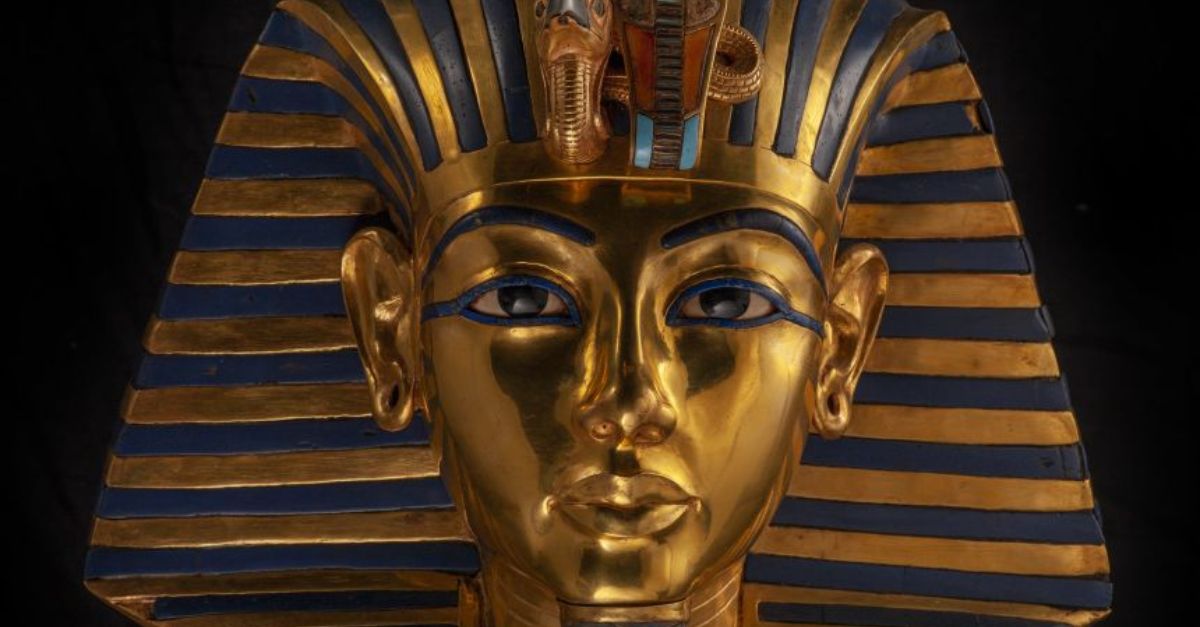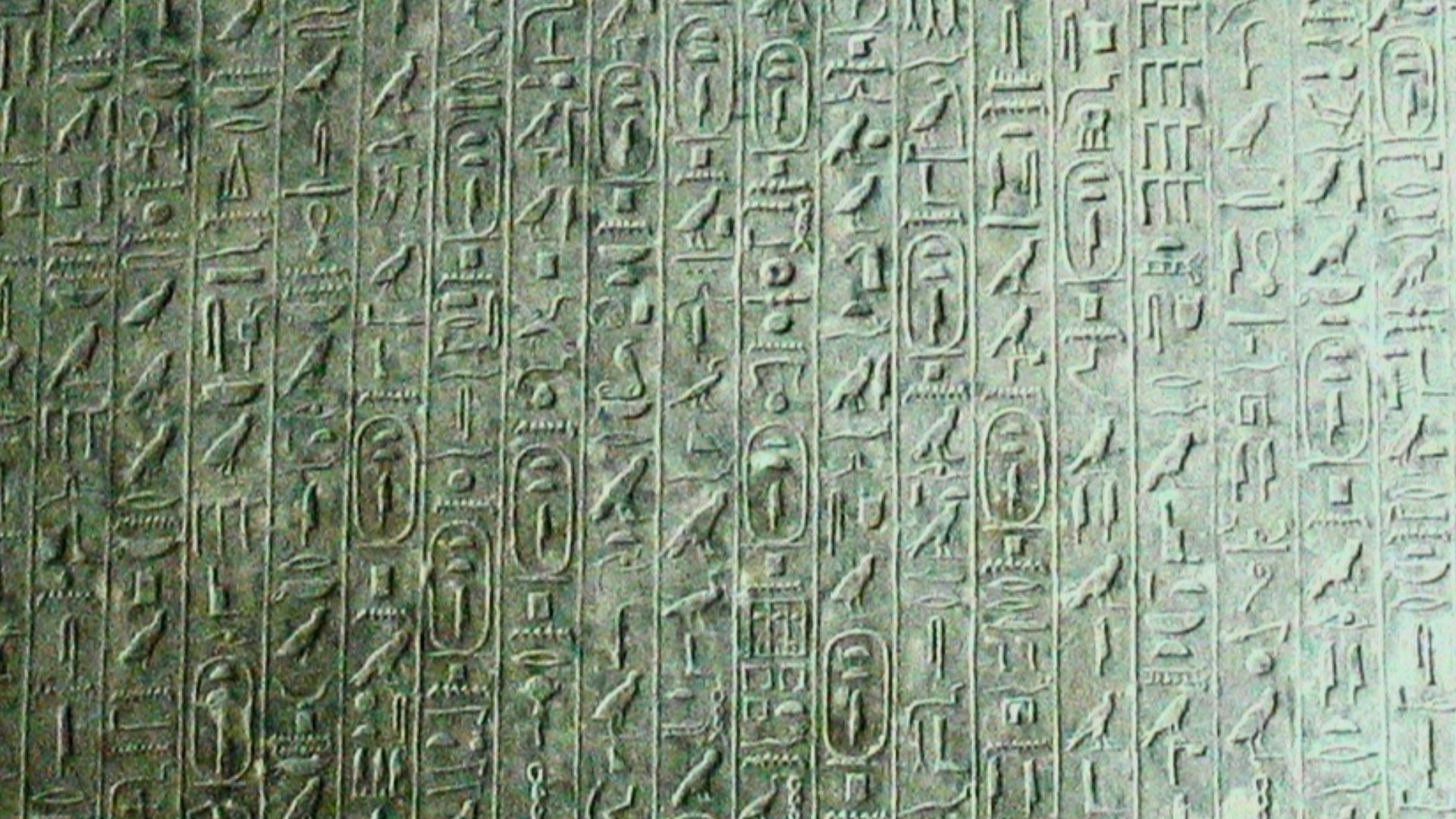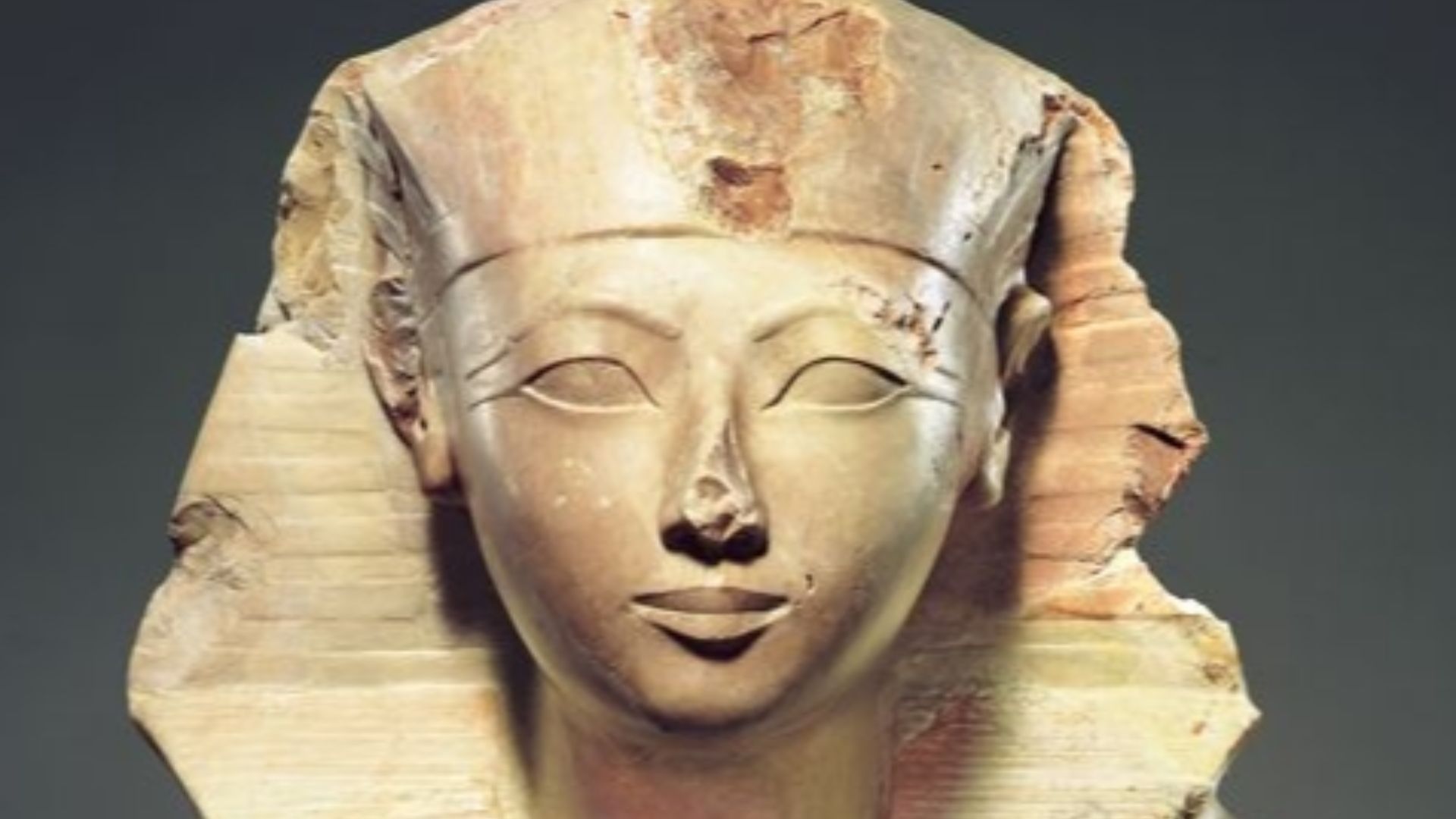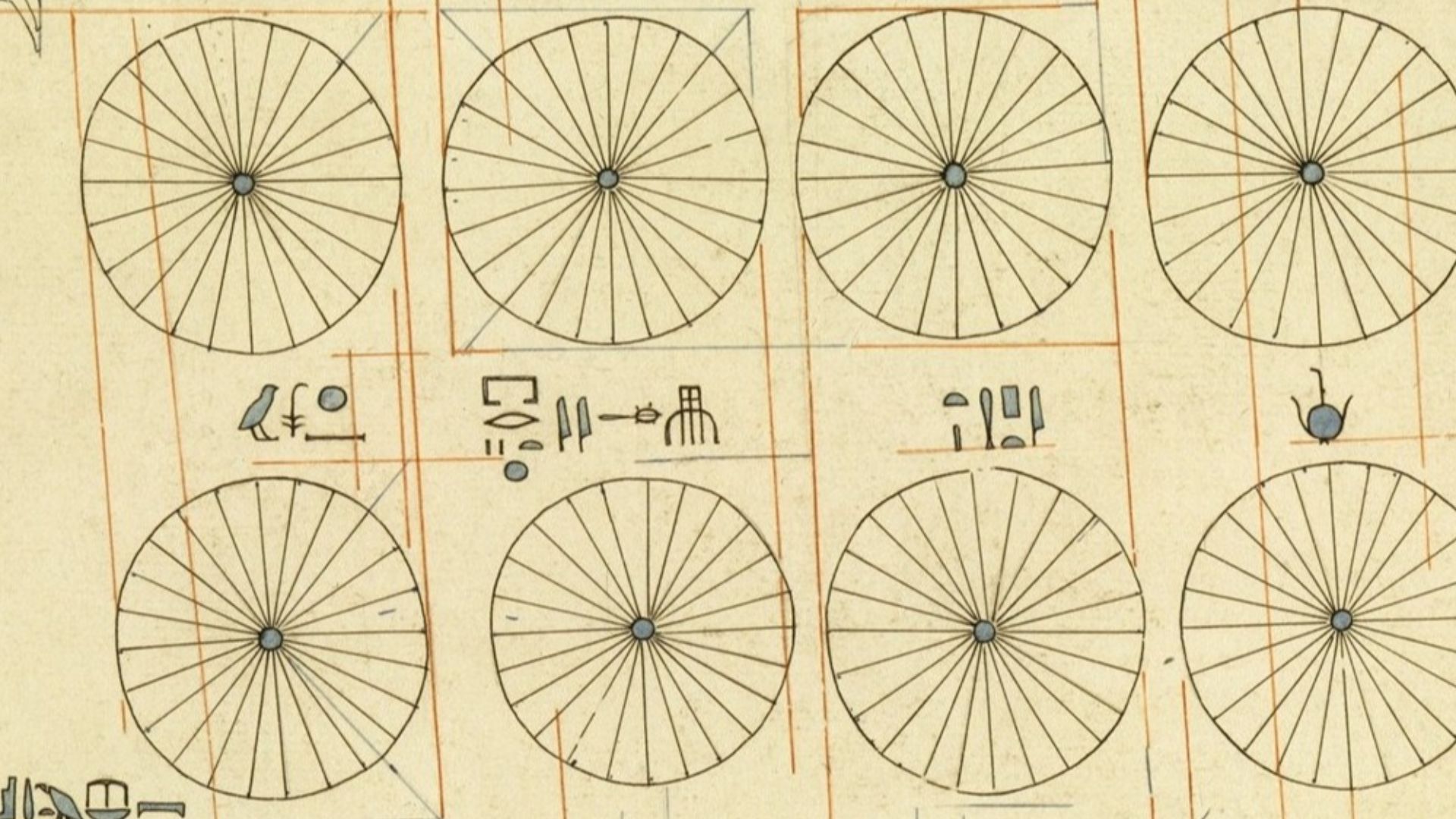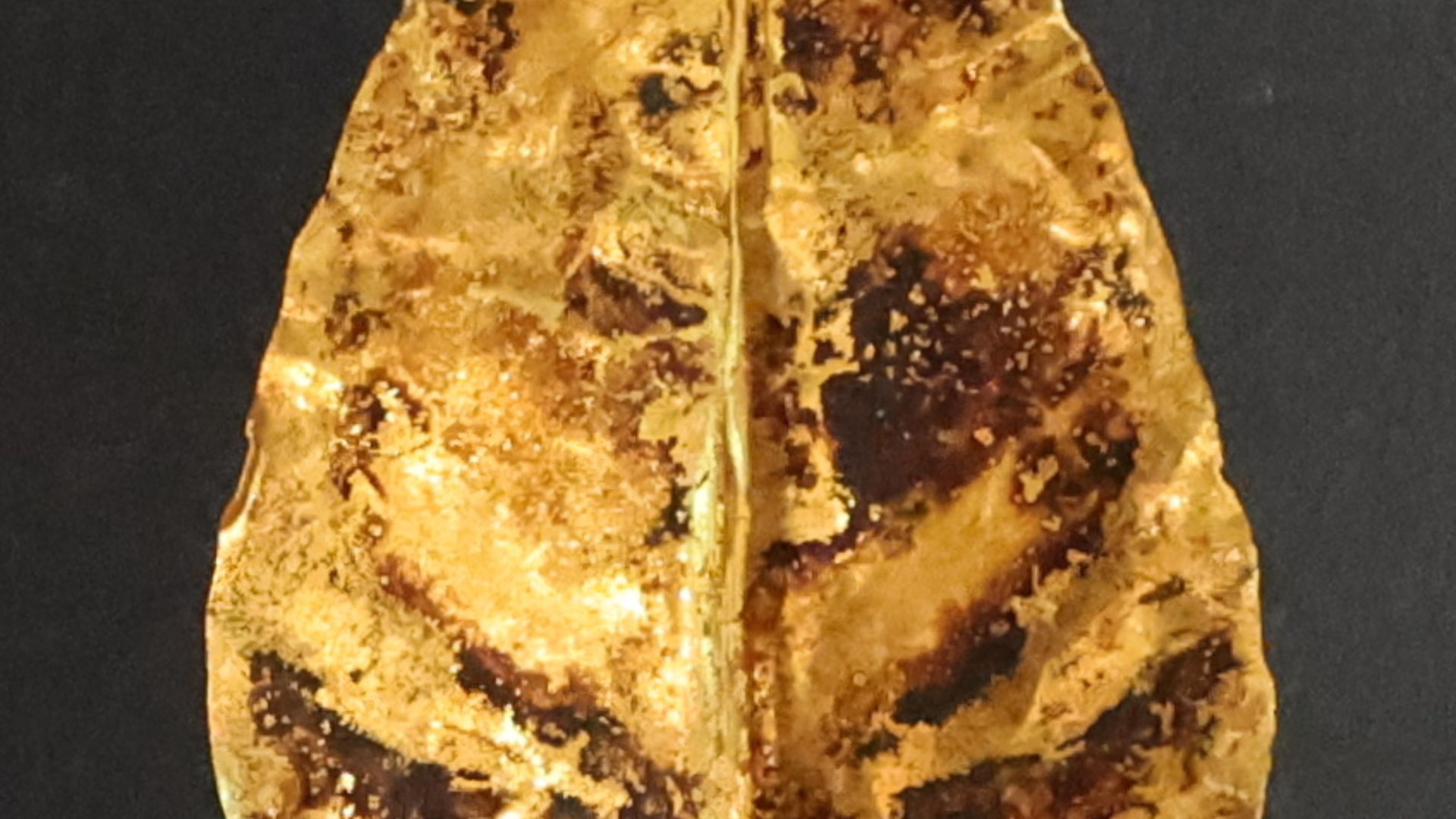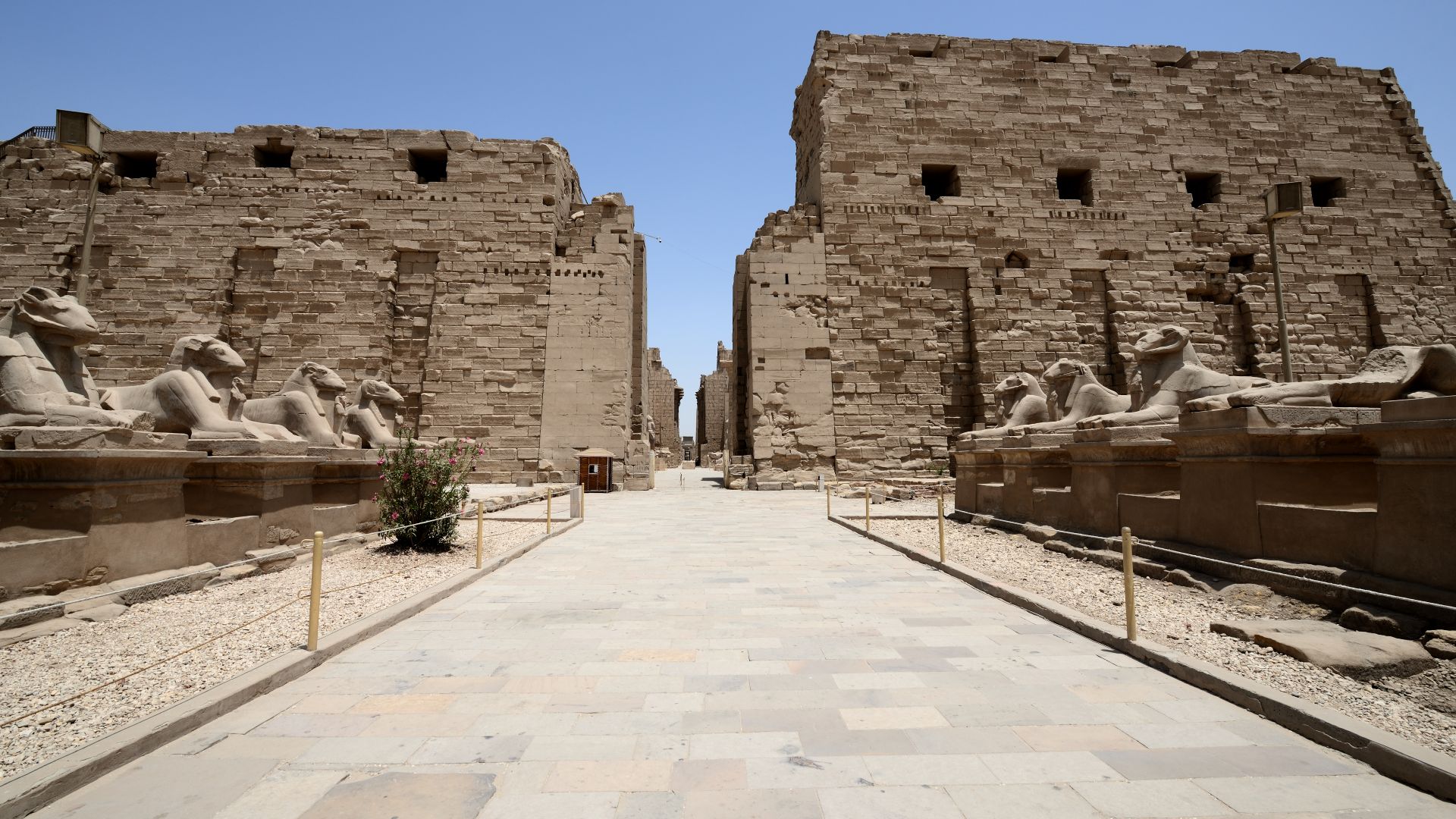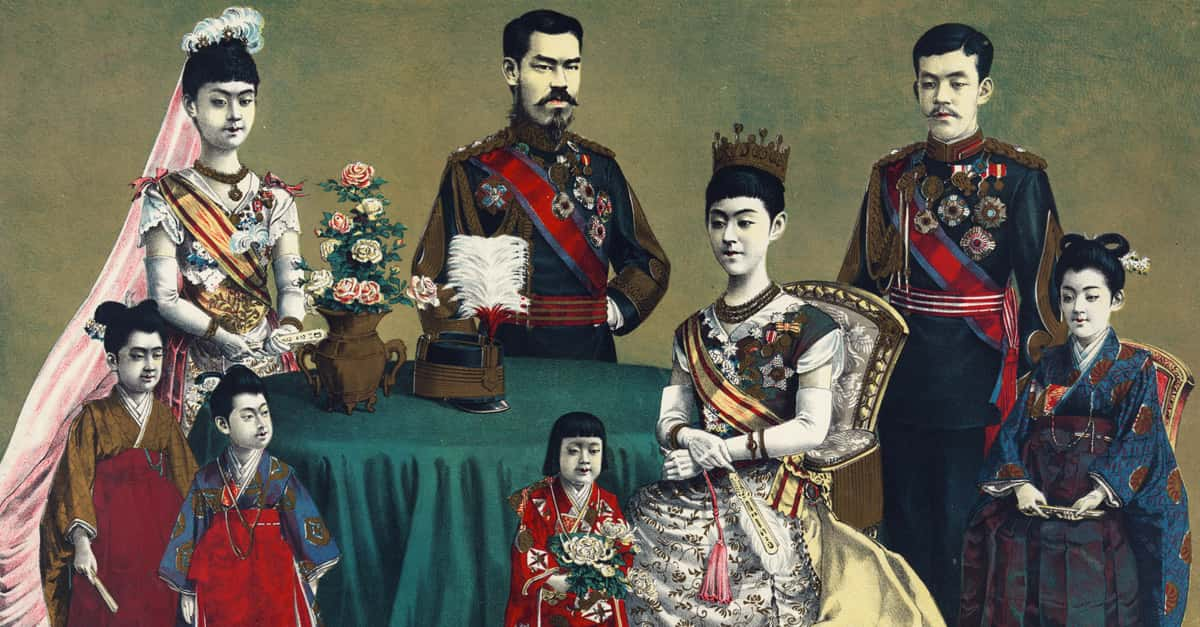No Filters, Just Truth
Every temple had stories carved into it like receipts. But the most interesting stuff? That lived in the pharaohs’s and people’s daily choices and strange beliefs, only time could hide.
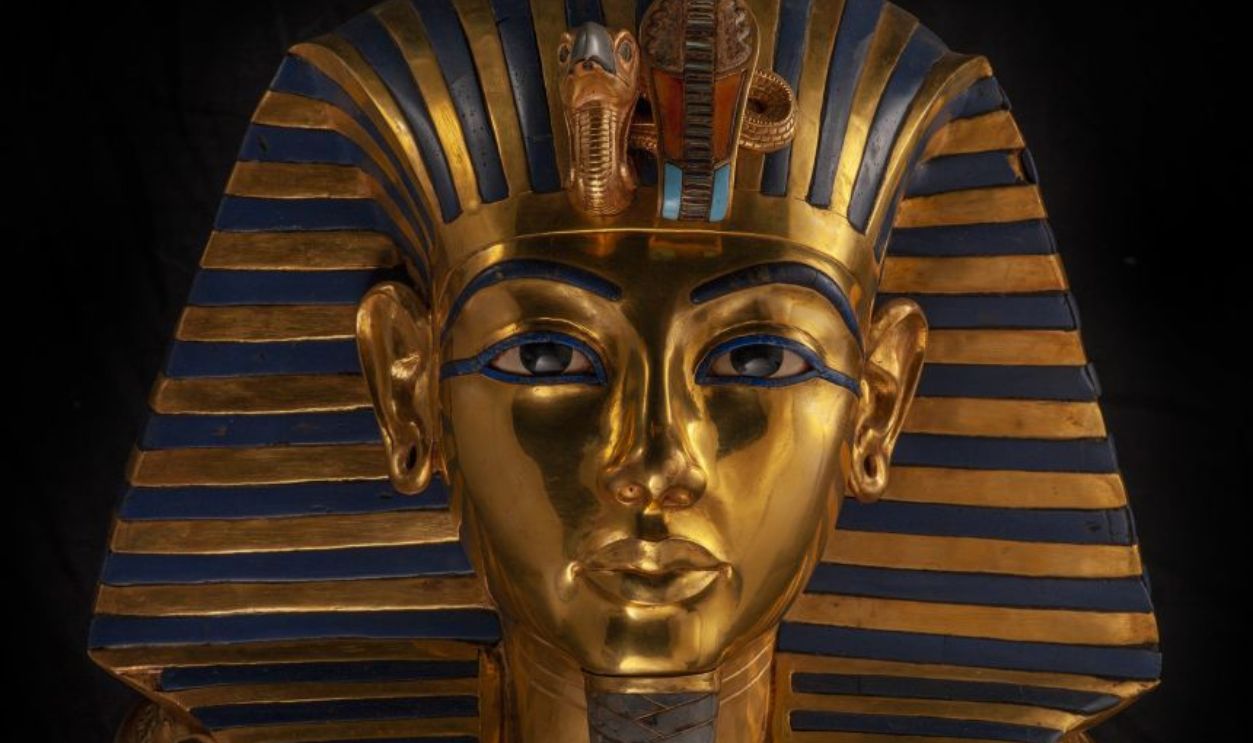
Uniting Upper And Lower Egypt Under A Single Crown
Around 3100 BCE, King Narmer unified Upper and Lower Egypt, creating the first dynasty. This political merger established centralized rule, standard administration, and a dual crown representing both regions. Narmer’s victory palette commemorates this event and marks the beginning of the pharaonic civilization.
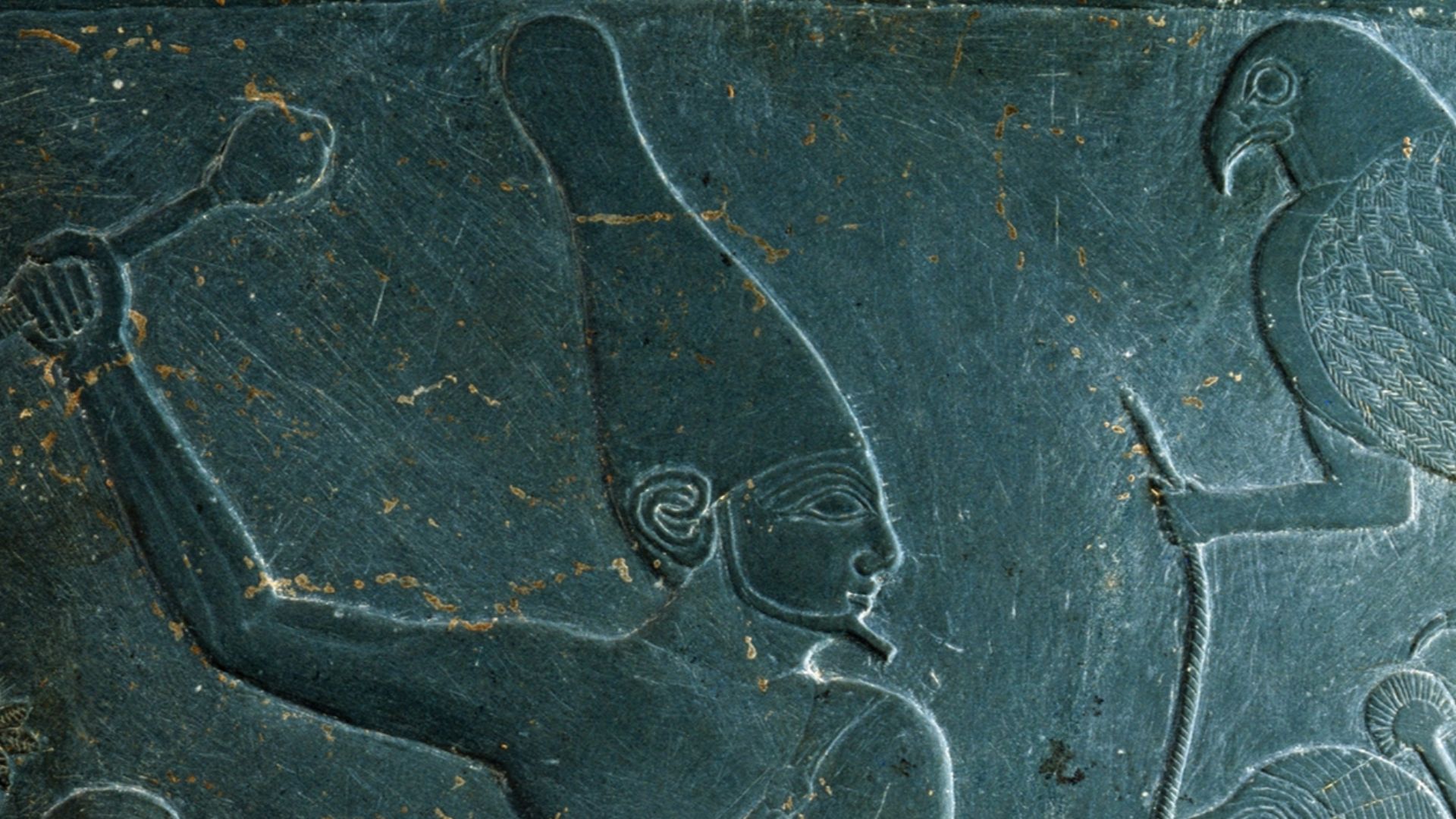 Unknown author, Wikimedia Commons
Unknown author, Wikimedia Commons
Crafting The First Hieroglyphs To Record Egyptian Legacy
Egyptian hieroglyphs first appeared around 3200 BCE, primarily used for religious and royal inscriptions. The script had over 700 symbols and conveyed sounds, ideas, medicine, and objects. Early uses included recording names, achievements, offerings, and decrees on all their monumental spots.
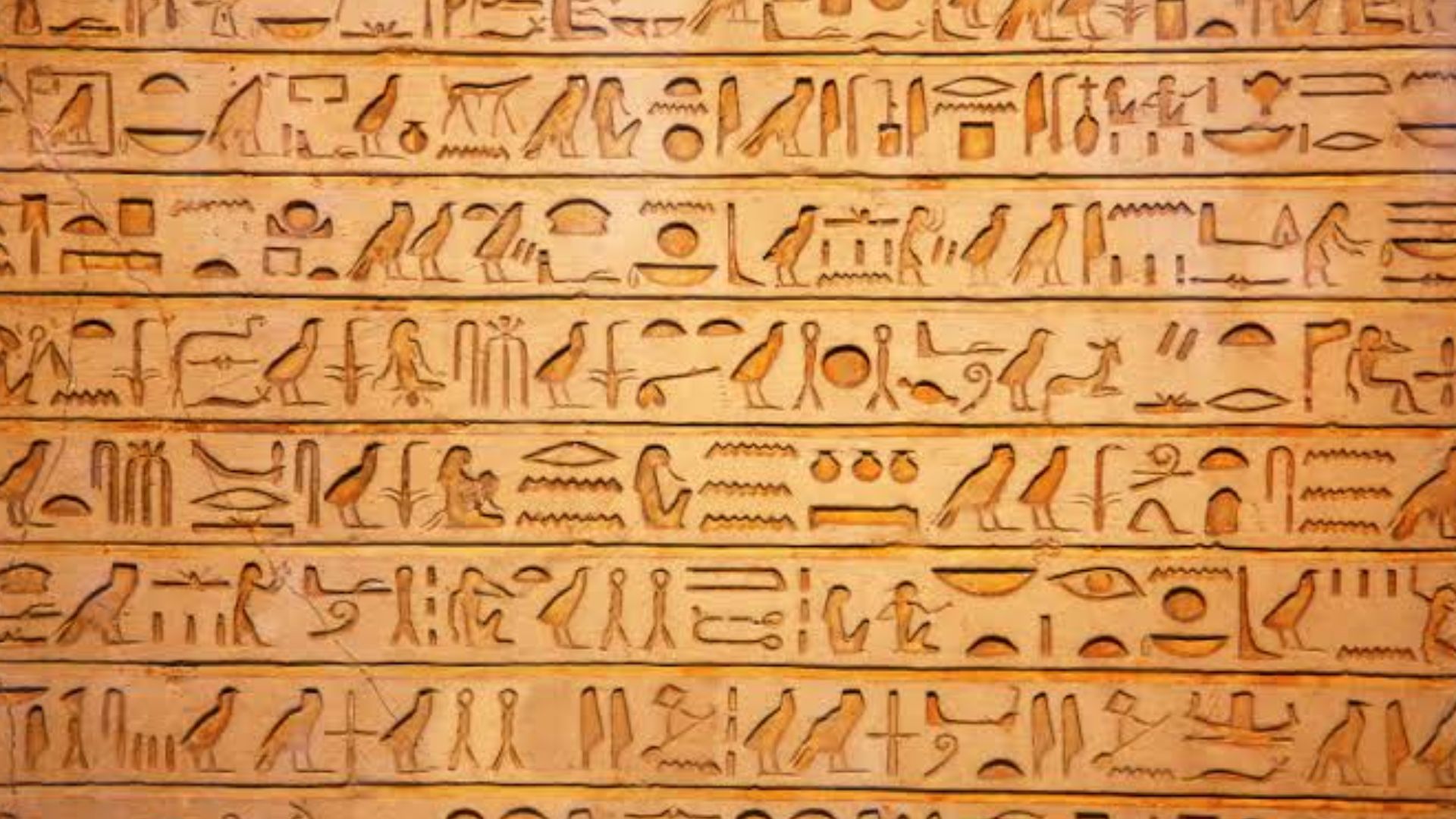 Hosni bin Park, Wikimedia Commons
Hosni bin Park, Wikimedia Commons
Erecting The Great Pyramid As A Stairway To The Stars
Constructed around 2560 BCE for Pharaoh Khufu, the Great Pyramid of Giza used over 2.3 million limestone blocks. It stood 146 meters tall and aligned precisely with celestial bodies. It served as a tomb and symbolized divine authority and eternal preservation.
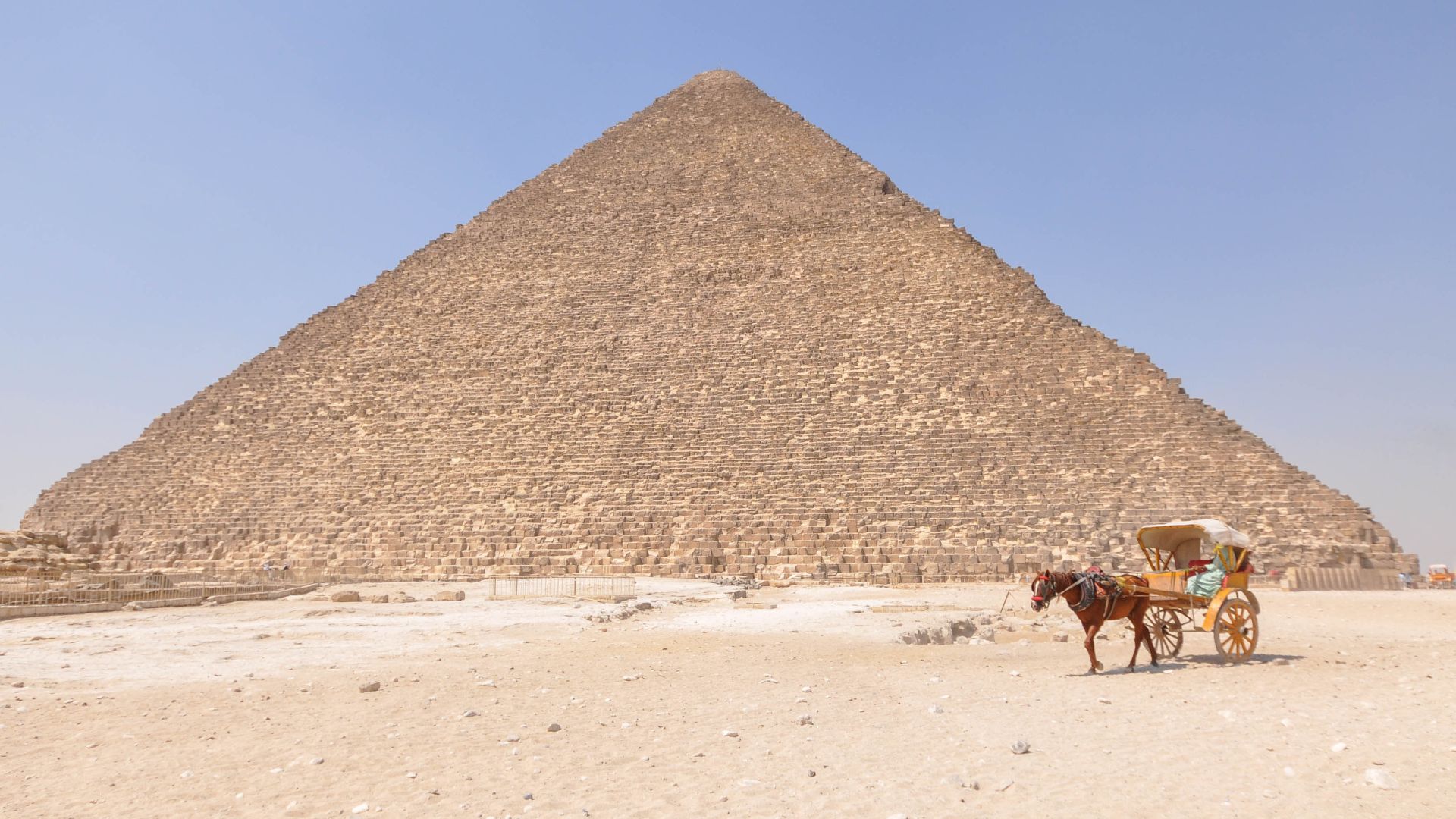 Jorge Lascar from Melbourne, Australia, Wikimedia Commons
Jorge Lascar from Melbourne, Australia, Wikimedia Commons
Sailing Into The Afterlife Aboard The Khufu Ship
Discovered in 1954 near the Great Pyramid, the Khufu ship measured 43.4 meters. Built from cedarwood, it likely had ceremonial use to transport Khufu’s soul in the afterlife. The intact ship remains one of the best-preserved examples of ancient Egyptian boat construction.
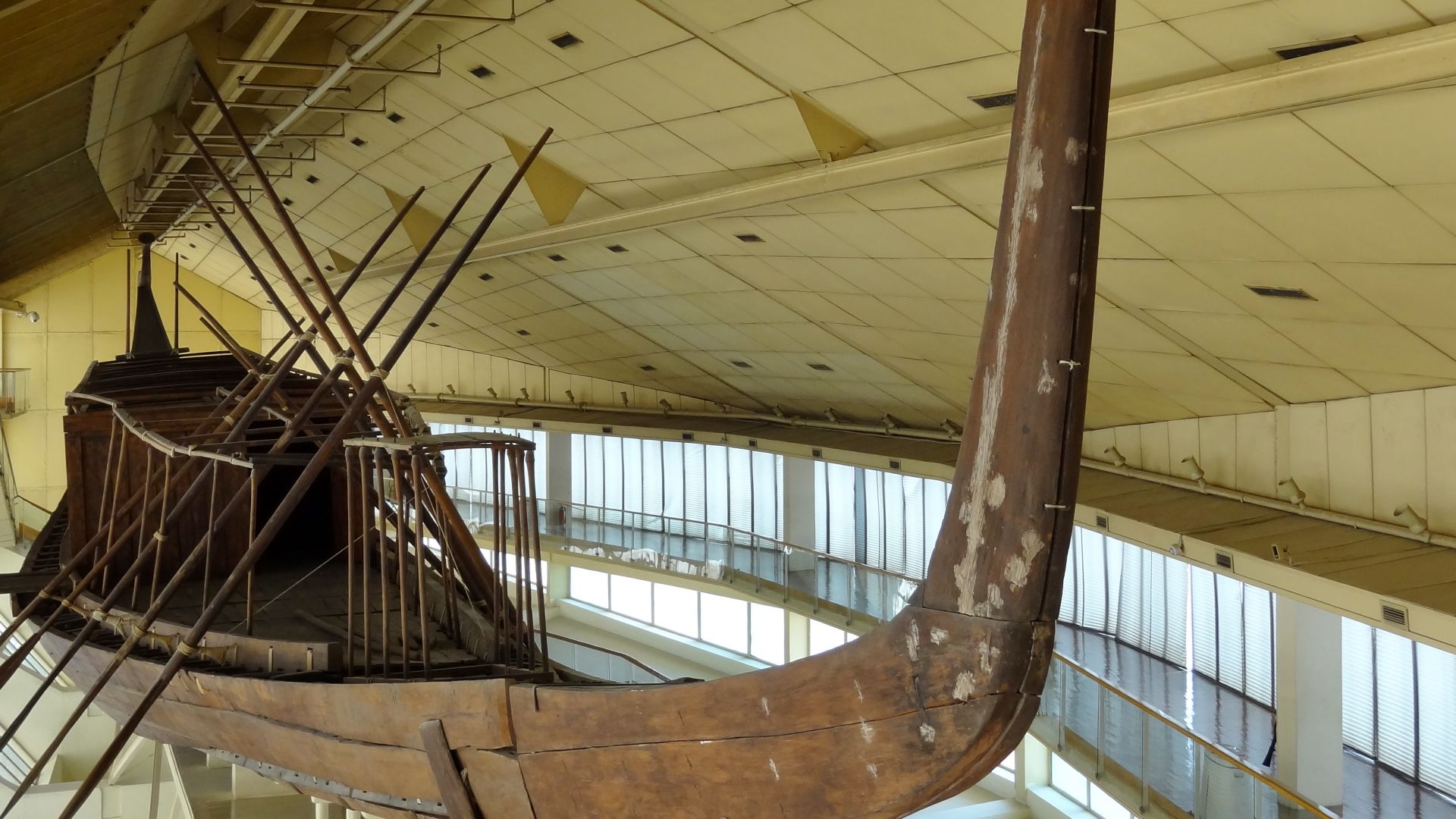 Olaf Tausch, Wikimedia Commons
Olaf Tausch, Wikimedia Commons
Inscribing Pyramid Texts To Guide Souls Beyond
The Pyramid Texts, found in tombs from the Fifth and Sixth Dynasties, are the oldest known religious texts. They consist of spells and instructions intended to help pharaohs navigate the afterlife. These texts later influenced the Coffin Texts and Book of the Dead.
Honoring The Nile As The Lifeblood Of The Egyptian Kingdom
The Nile’s annual flooding deposited fertile silt, enabling agriculture in a desert region. Ancient Egyptians relied on the predictable cycle for farming, transport, and trade. Pharaohs managed irrigation and crop storage, linking their rule to the river’s life-giving and economic power.
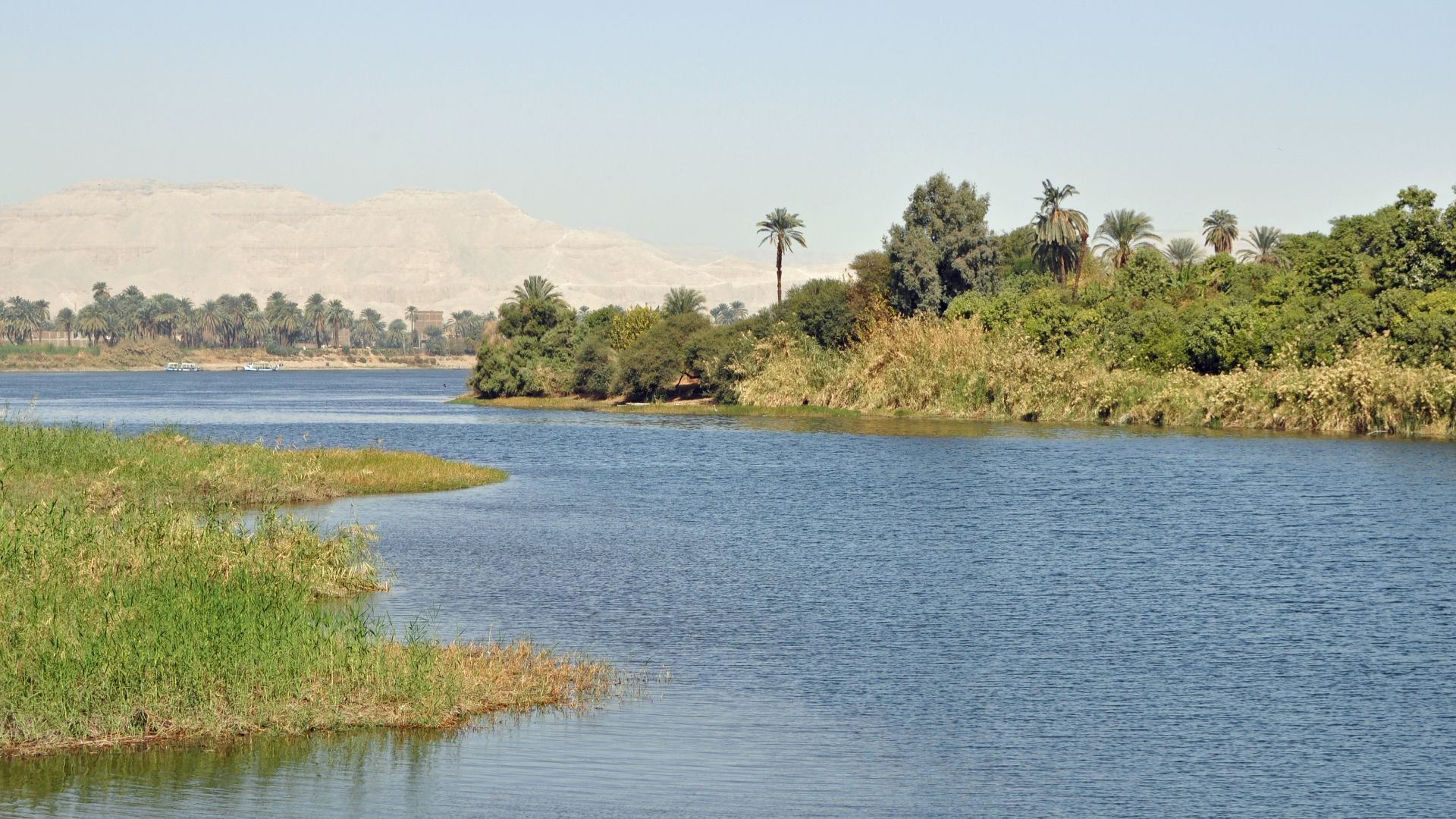 Marc Ryckaert (MJJR), Wikimedia Commons
Marc Ryckaert (MJJR), Wikimedia Commons
Commissioning The Sphinx To Guard A Pharaoh's Eternal Rest
The Great Sphinx, built during Khafre’s reign (c. 2558–2532 BCE), features a lion’s body and a human head. Carved from limestone, it measures 73 meters long. Its purpose remains debated, but most scholars believe it symbolized royal protection and divine strength.
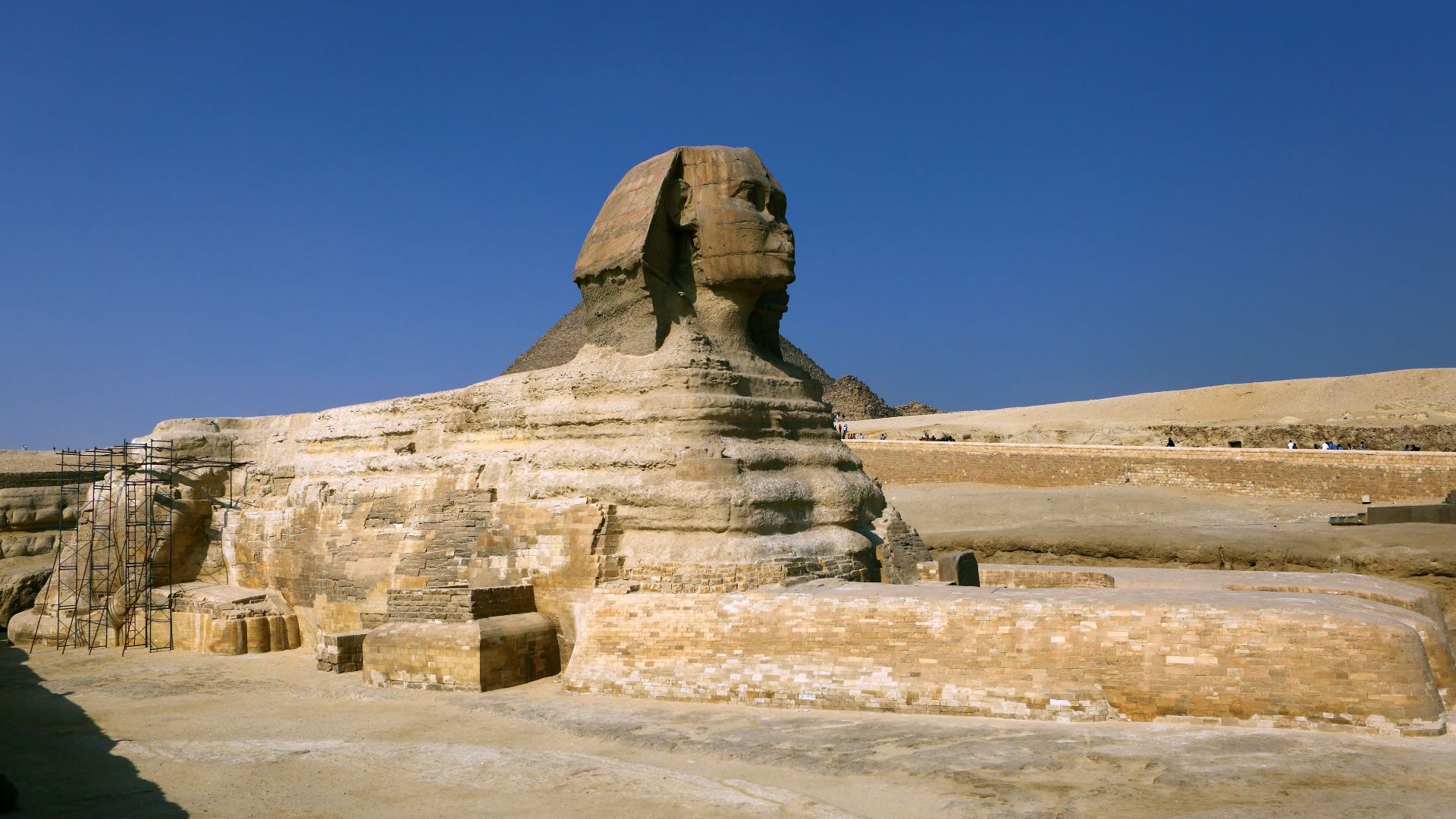 Alchemist-hp (talk) (www.pse-mendelejew.de), Wikimedia Commons
Alchemist-hp (talk) (www.pse-mendelejew.de), Wikimedia Commons
Embracing Hatshepsut As Pharaoh In A Man's World
Hatshepsut ruled from 1479–1458 BCE, and she presented herself with male regalia, including the false beard. She focused on trade expeditions, temple construction, and internal development. Her mortuary temple at Deir el-Bahari remains a prominent architectural achievement of the New Kingdom period.
Worshiping A Pantheon Reflecting The Egyptian Worldview
Ancient Egyptians worshiped a complex pantheon with deities like Ra, Osiris, Isis, and Anubis. Each god controlled aspects of life and the afterlife. Pharaohs acted as intermediaries, performing rituals to maintain cosmic order (ma’at) and receive divine favor.
 Jean-Pierre Dalbera, CC BY 2.0, Wikimedia Commons
Jean-Pierre Dalbera, CC BY 2.0, Wikimedia Commons
Perfecting Mummification To Preserve A Pharaoh's Journey Beyond
Mummification aimed to preserve the body for the afterlife. The process lasted 70 days and involved natron drying, organ removal, linen wrapping, and amulet placement. Organs were stored in canopic jars, and rituals like the “Opening of the Mouth” restored senses.
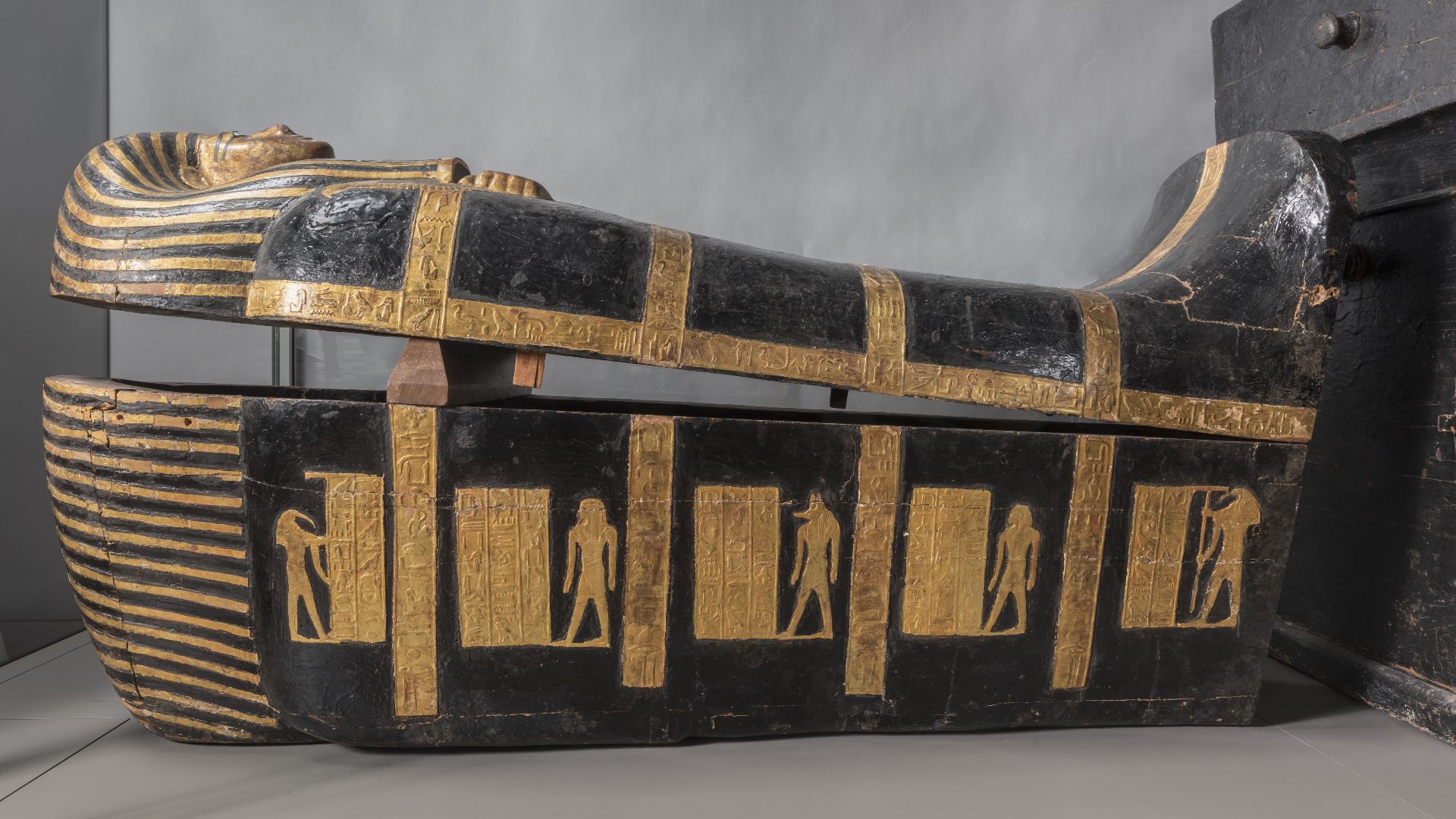 Museo Egizio, Torino, Wikimedia Commons
Museo Egizio, Torino, Wikimedia Commons
Empowering Women With Rights And Responsibilities
Women in ancient Egypt could own property, inherit wealth, initiate divorce, and serve as priestesses. Royal women, including queens and goddesses of Amun, held significant political and religious influence. Legal documents show women had access to courts and contracts.
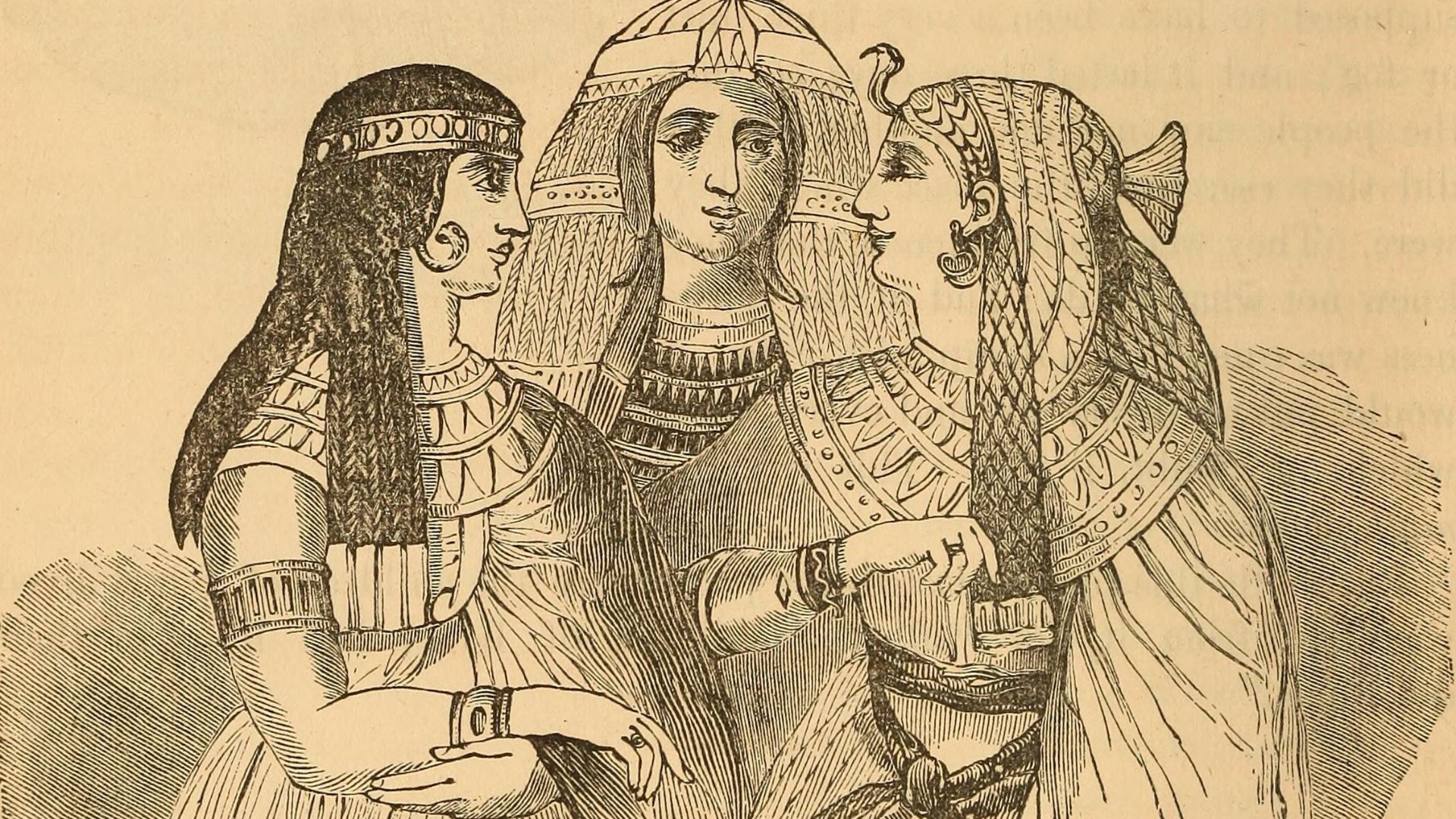 Internet Archive Book Images, Wikimedia Commons
Internet Archive Book Images, Wikimedia Commons
Developing A Calendar Aligned With Celestial Cycles
Egyptians came up with a solar calendar of 365 days based on the heliacal rising of Sirius. It divided the year into 12 months of 30 days, with five extra days. The calendar guided agriculture and religious festivals. It also guided state administration throughout dynastic history.
Inventing Early Pregnancy Tests Using Barley And Wheat
Egyptian women tested pregnancy by urinating on barley and wheat seeds. Germination indicated pregnancy; barley for a boy and wheat for a girl. This method appears in the Berlin Papyrus and has shown partial scientific accuracy in modern replication studies.
Crafting The Oldest Known Cheese For Egyptian Banquets
A 3,200-year-old lump of cheese was discovered in the tomb of Ptahmes in Saqqara. Made from sheep or goat milk and likely contaminated with Brucella bacteria, it is the oldest known cheese, indicating dairy consumption and food preservation in elite burials.
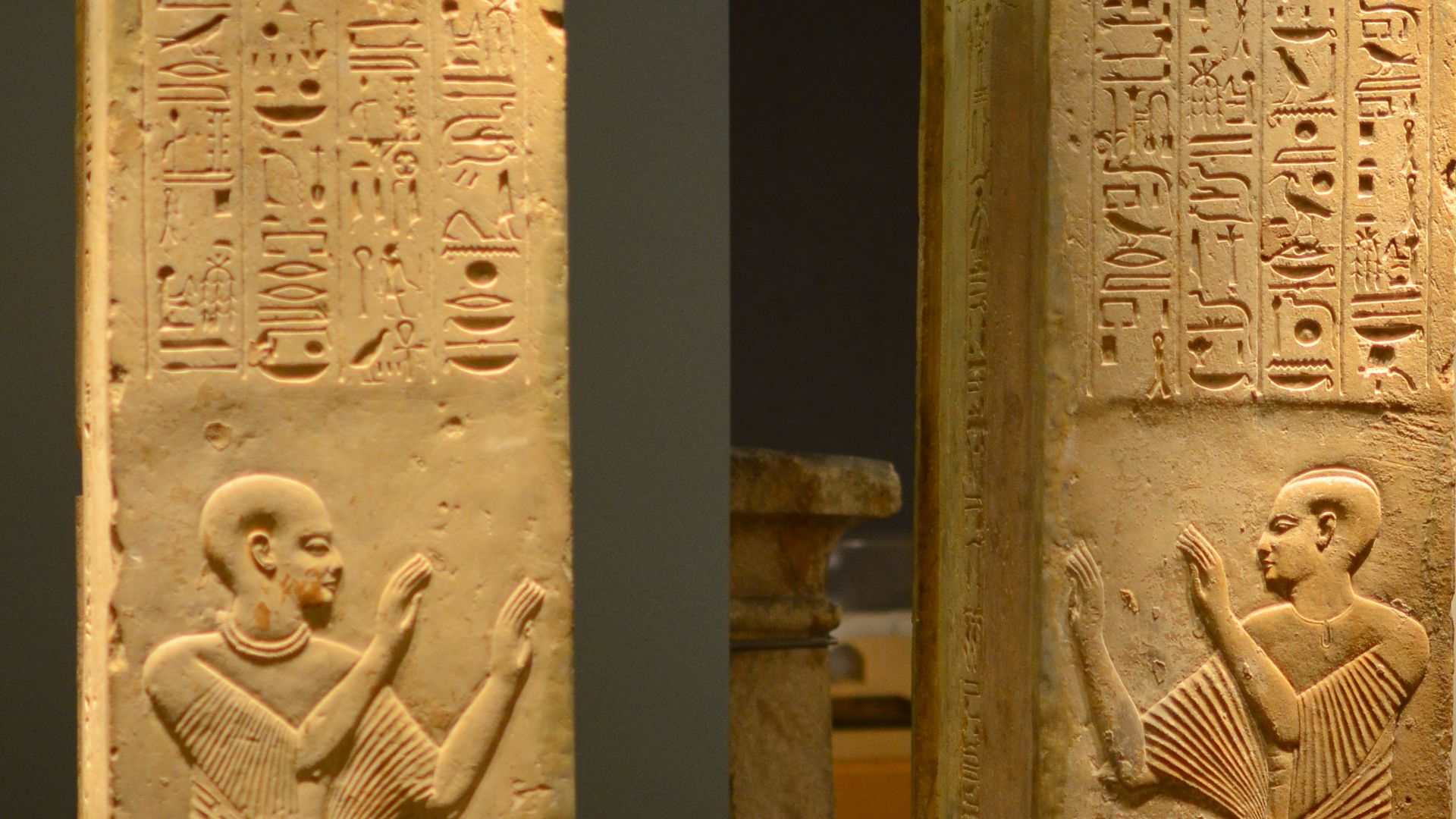 AlexanderVanLoon, Wikimedia Commons
AlexanderVanLoon, Wikimedia Commons
Composing The First Recorded Peace Treaty With The Hittites
After the Battle of Kadesh (1274 BCE), Pharaoh Ramses II and the Hittite king signed the earliest known peace treaty. The bilingual treaty ensured military cooperation, mutual defense, and extradition. It was inscribed in hieroglyphs and Akkadian on temple walls.
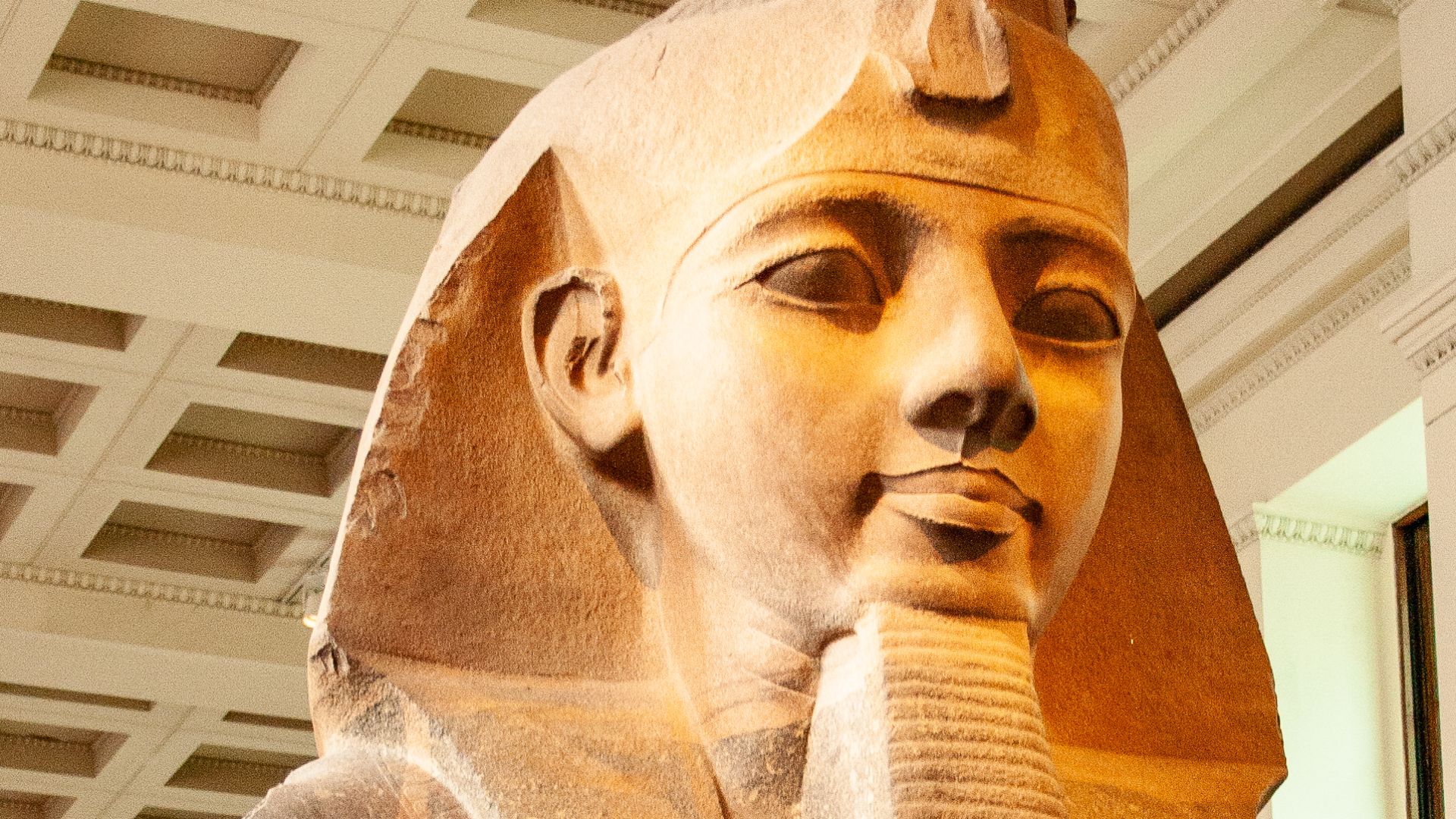 Unknown artist, Wikimedia Commons
Unknown artist, Wikimedia Commons
Playing Senet To Pass Time And Predict Fate
Senet was a board game with 30 squares, played by throwing sticks. It represented the journey through the afterlife. Pharaohs and commoners played it, and it combined strategy with religious symbolism. Boards were found in tombs, including those of Tutankhamun.
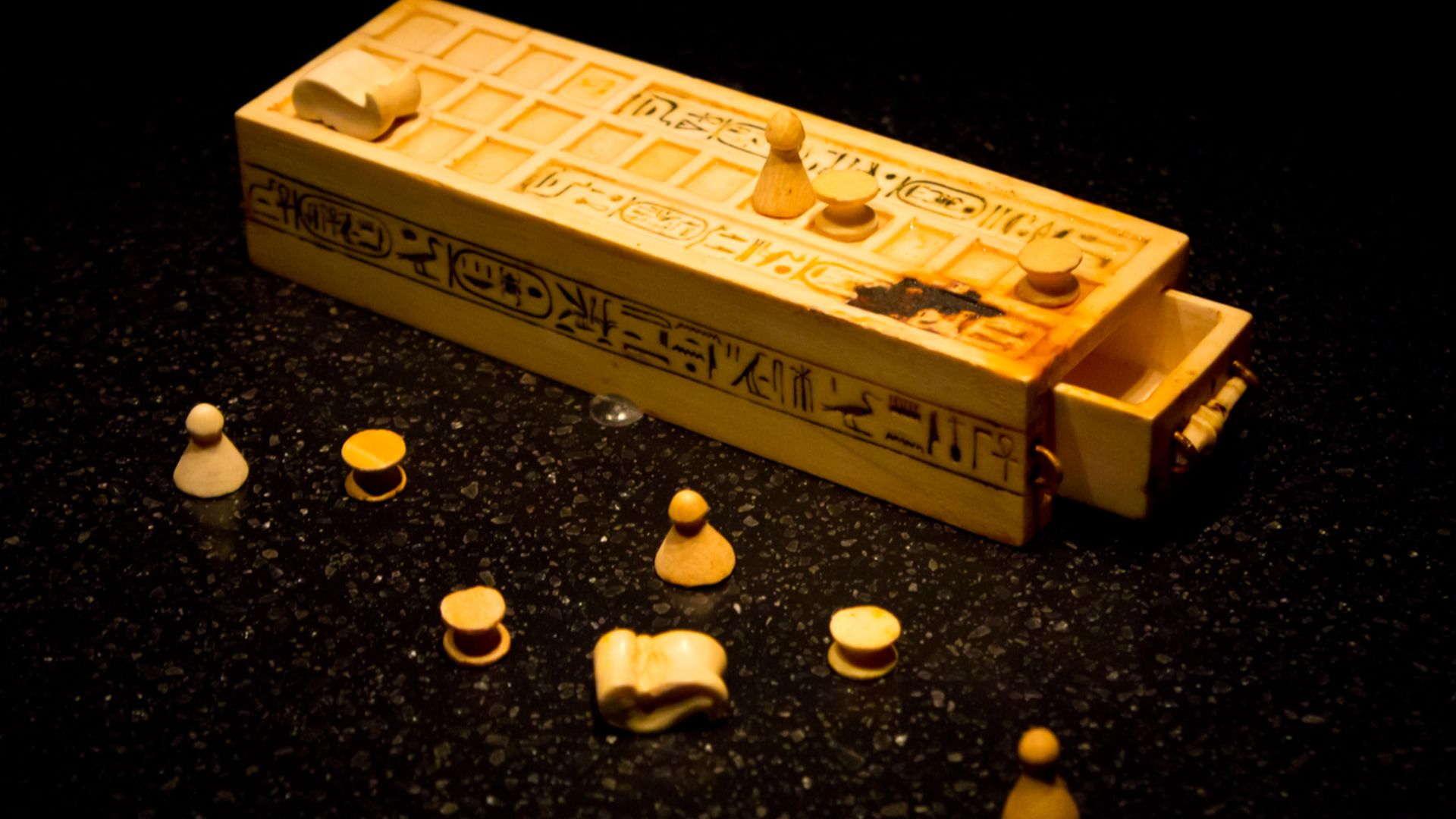 ddenisen (D. Denisenkov), Wikimedia Commons
ddenisen (D. Denisenkov), Wikimedia Commons
Adorning Mummies With Gold Tongues To Speak In The Afterlife
Some mummies were buried with gold tongues placed in their mouths. This practice aimed to ensure the deceased could speak before Osiris during judgment. Archaeological finds show this ritual was reserved for elite burials in Roman-era Egyptian tombs.
Constructing Fortresses To Guard Egyptian Borders
Middle Kingdom pharaohs built military fortresses in Nubia to control trade routes and deter invasions. Fortresses like Buhen included walls, granaries, and garrisons. They symbolized state control and facilitated economic expansion along the Nile Valley.
 UNESCO / Rex Keating, CC BY-SA 3.0, Wikimedia Commons
UNESCO / Rex Keating, CC BY-SA 3.0, Wikimedia Commons
Elevating Ramses II As The Great Builder And Warrior
Ramses II ruled for 66 years and commissioned more monuments than any other pharaoh. Known for the Battle of Kadesh and temples at Abu Simbel, he promoted his image through colossal statues and inscriptions. His reign marked military power and architectural expansion.
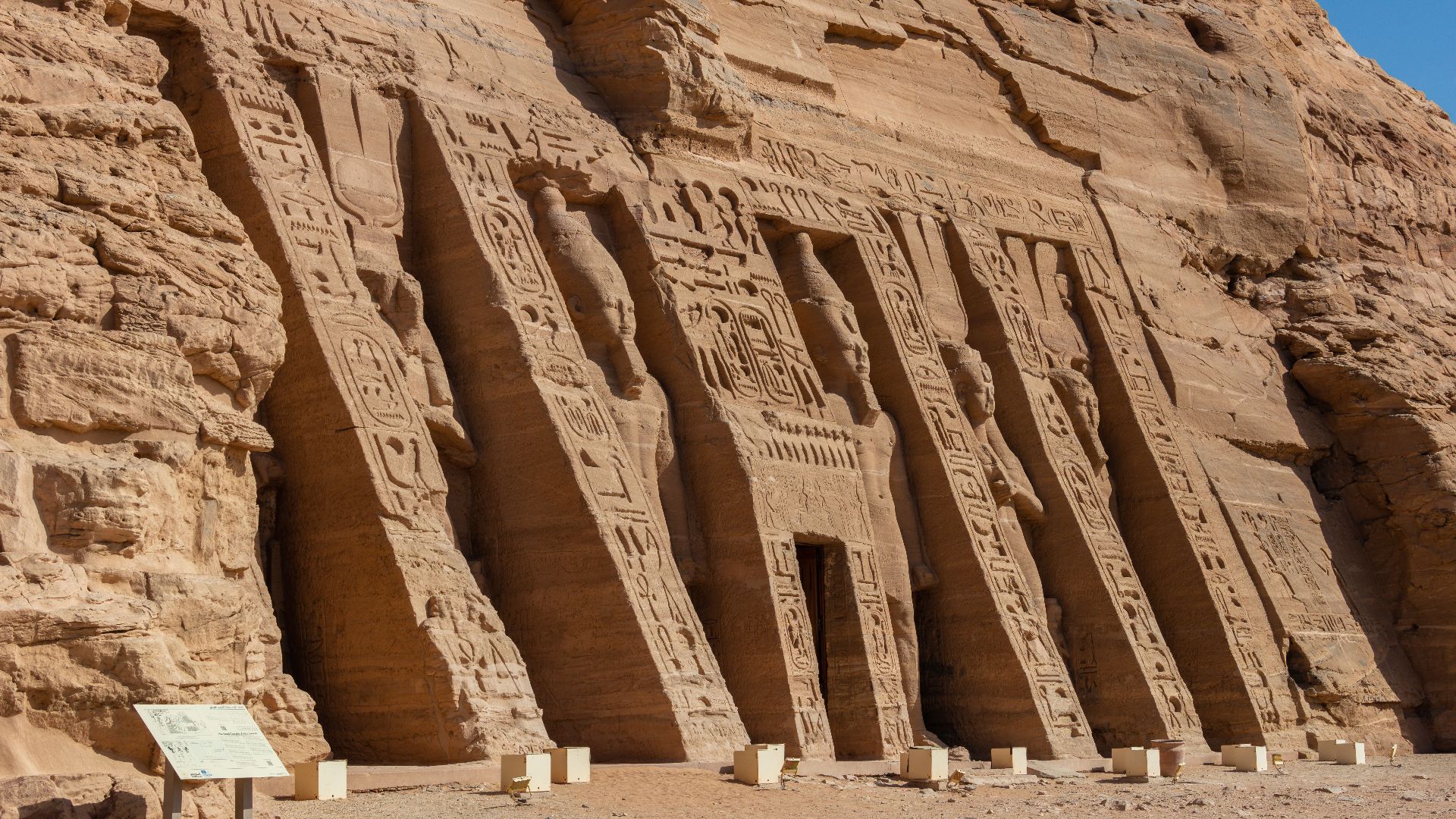 Diego Delso, Wikimedia Commons
Diego Delso, Wikimedia Commons
Discovering Hidden Chambers Within The Great Pyramid
In 2017, cosmic-ray imaging researchers identified a large space above the Grand Gallery in the Great Pyramid of Giza. Its purpose remains unknown, but it is the first central internal structure discovered since the 19th century, highlighting undiscovered aspects of pyramid architecture.
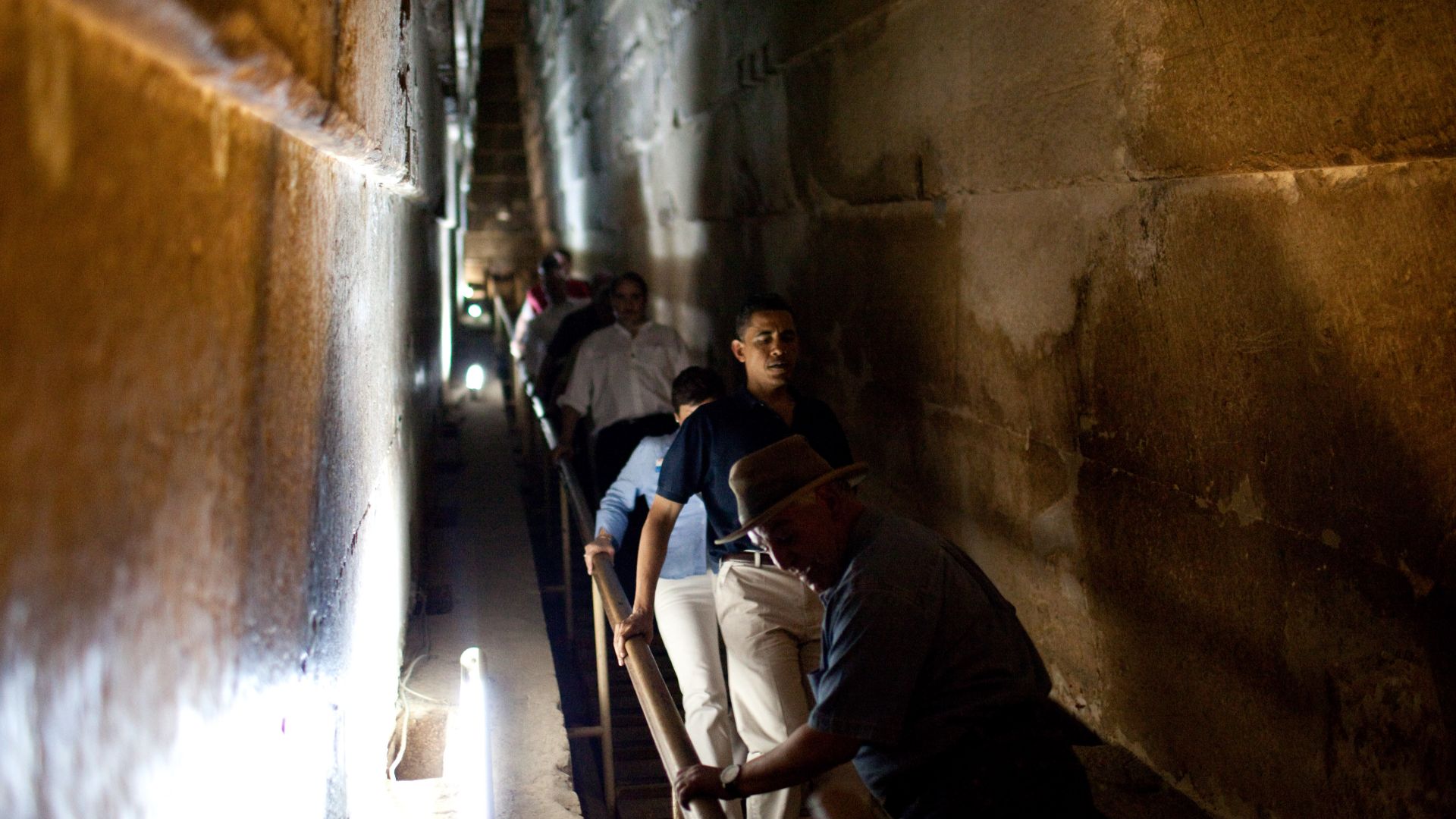 Obama White House Archived from Washington, DC, Wikimedia Commons
Obama White House Archived from Washington, DC, Wikimedia Commons
Utilizing Glassmaking Techniques Ahead Of Time
Ancient Egyptians produced colored glass objects such as beads and small jars as early as 1500 BCE. They mastered techniques like core-forming and faience glazing. Glassmaking was associated with luxury and religious use, and workshops have been found near Amarna and Thebes.
Celebrating Opet Festival To Renew Connection With The Gods
The Opet Festival was an annual procession linking the temples of Karnak and Luxor. Statues of Amun, Mut, and Khonsu were carried by priests along the avenue of sphinxes. It reinforced the pharaoh’s divine legitimacy and celebrated religious unity in Thebes during the New Kingdom.
 Jorge Lascar, CC BY 2.0, Wikimedia Commons
Jorge Lascar, CC BY 2.0, Wikimedia Commons
Building Temples That Touch The Heavens
Temples such as Karnak, Luxor, and Abu Simbel served religious, political, and astronomical purposes. Massive columns, axial alignments, and sacred barques housed gods and hosted ceremonies. Pharaohs funded these temples to assert divine legitimacy and ensure religious continuity.
Depicting Pharaohs With Divine Attributes In Art
Egyptian art portrayed pharaohs with idealized, youthful features and divine symbols such as the crook and flail. They were often shown as larger than others to represent power. Statues and reliefs emphasized their status as gods on Earth, maintaining order (ma’at) through sacred rule.
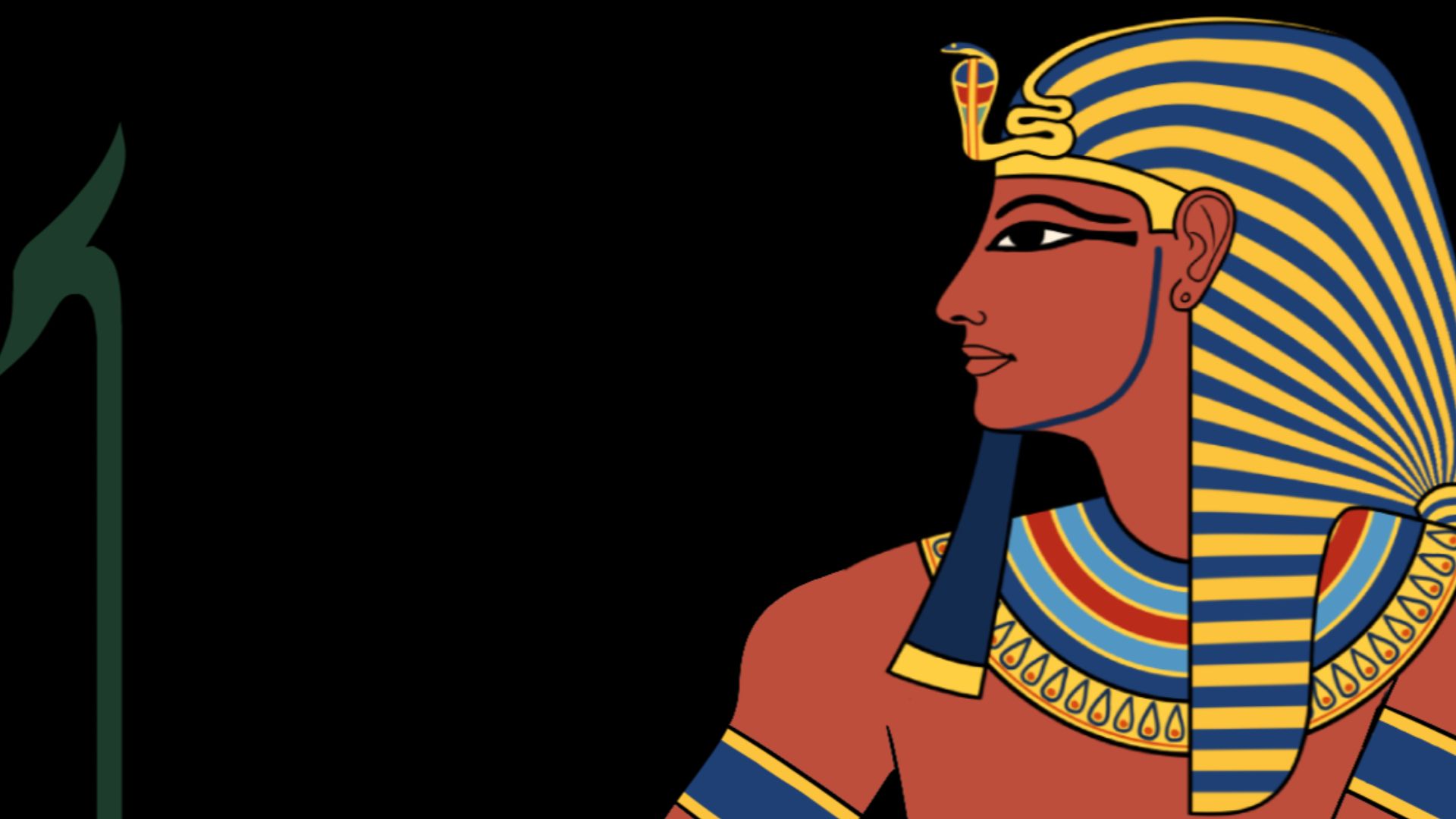 PharaohCrab, Wikimedia Commons
PharaohCrab, Wikimedia Commons
Leaving Behind A Heritage That Keeps Inspiring Millennia Later
Ancient Egypt's innovations in architecture, religion, art, and governance influence modern culture and archaeology. Structures like the pyramids, mummies, and hieroglyphs remain global symbols. Pharaohs intentionally built enduring monuments to project power beyond death, a goal their civilization ultimately achieved.
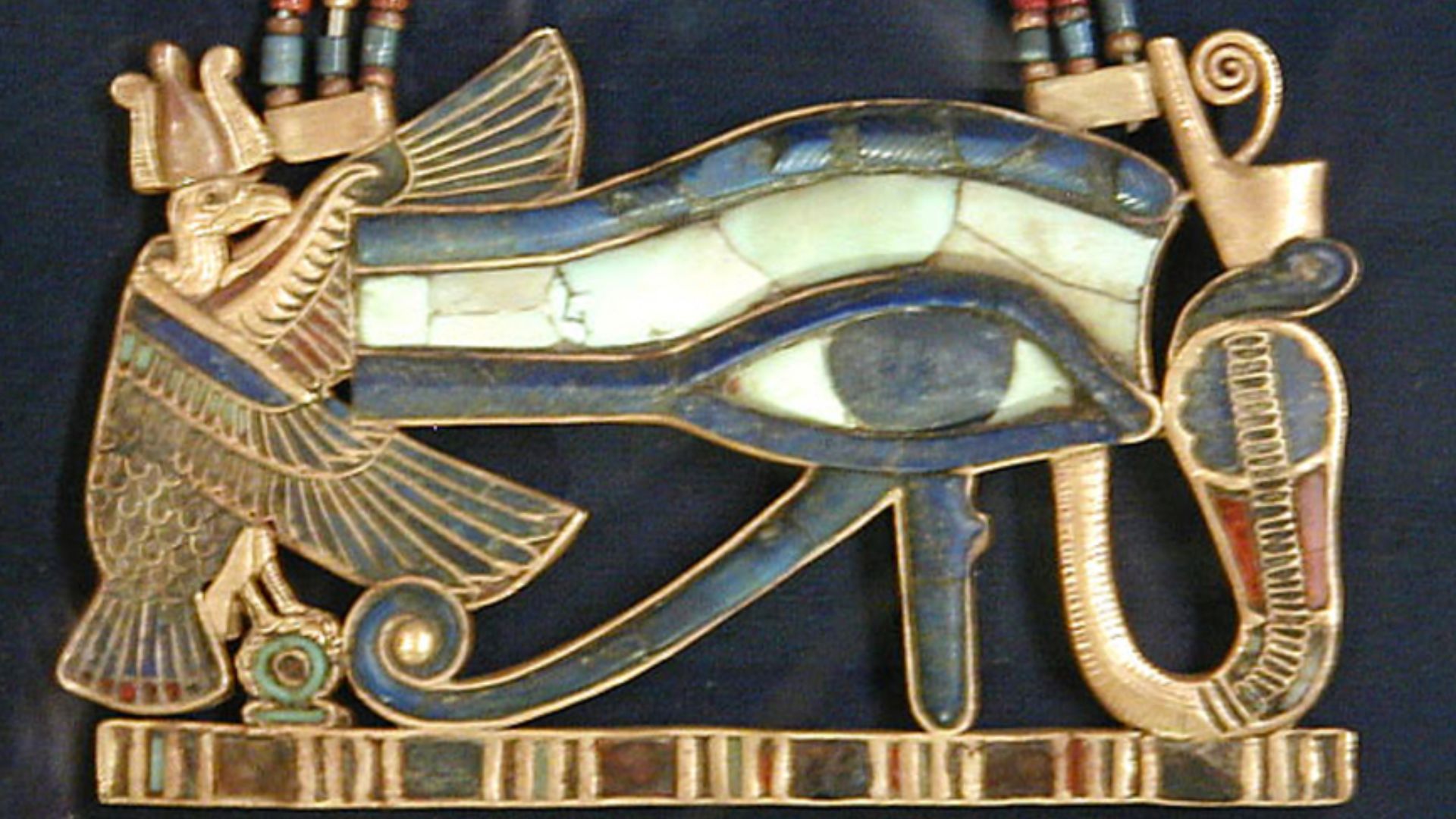 Jon Bodsworth, Wikimedia Commons
Jon Bodsworth, Wikimedia Commons

